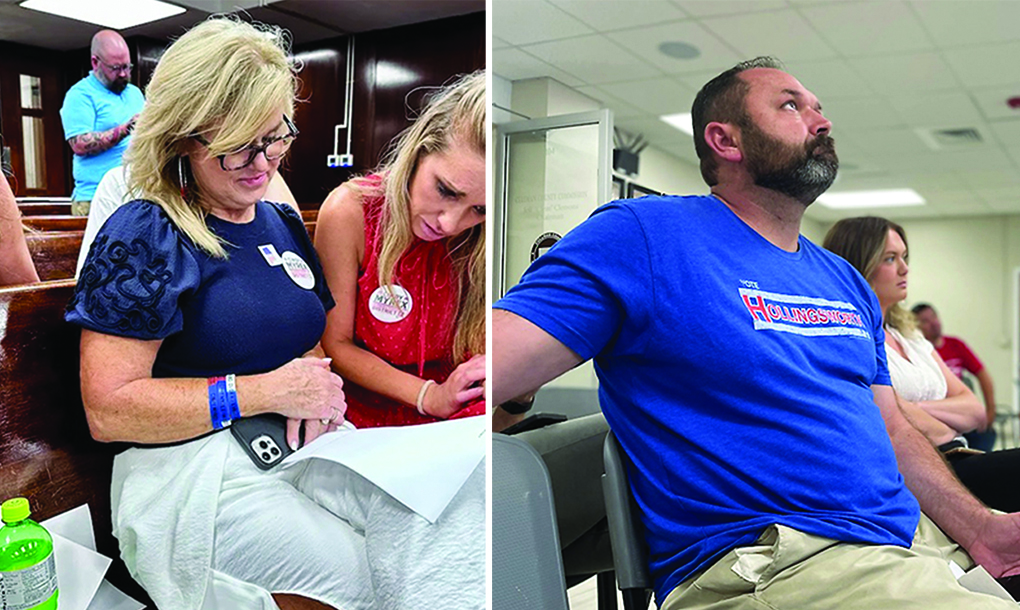Your ashes may soon be scattered in space
Published 4:45 pm Tuesday, October 28, 2014
More and more Americans are choosing cremation over burial. And more and more of those cremated remains are being scattered at sea, off mountains and (illegally!) at Disneyland.
And maybe soon to be added to those destinations: way, way up in the sky.
Trending
Chris Winfield, one of the founders of Mesoloft (motto: “Taking ashes to the edge of space”), said the idea of distributing cremated remains thousands of feet in the air grew out of a conversation about volcanic ash, which rises high into the atmosphere and spreads vast distances, sometimes around the world, before falling to Earth. “Well, human ash could do the same thing,” Winfield said.
Mesoloft’s founders, he said, used to work for the nonprofit consortium Kentucky Space, where they handled projects such as the miniaturized research satellite CubeSat, along with educational programs for children involving weather balloons. The near-space ash-scattering business came out of a desire to try something new.
With the help of a weather balloon, the ashes travel to the upper part of the stratosphere, about 20 miles up.
From there, the ashes fall to the troposphere, where they are picked up by the trade winds, which, Winfield said, help scatter the ashes much like those from a volcanic eruption.
Winfield said that some particles will pick up moisture on their way back to Earth, coming to the ground inside a water droplet. “I think it’s beautiful,” he said.
The company has half a dozen to a dozen committed customers: people who have purchased near-space ash-scattering services for relatives who have already died. The company isn’t taking advance requests from individuals seeking an ash scattering for themselves, but there are plans to add that reservation option in the near future.
Trending
Charges for near-space scatterings start at $2,800, which does not include a funeral service. By comparison, the Federal Trade Commission estimates that the average casket for a traditional burial is $2,000.
Winfield said that recent media attention to Mesoloft, which launched this month, has led to several related inquiries. Among them: whether it’s possible to catch diseases from falling ash. “The ashes are very, very sterile,” Winfield said of cremated remains.
The Centers for Disease Control and Prevention, by the way, recommends cremation as a safe disposal method for contagious human remains, including those of Ebola victims.
As it turns out, the dispersal of human remains from high altitude is somewhat unregulated territory. In response to an inquiry from The Post, the Environmental Protection Agency said it “does not have a policy” on the aerial scattering of human ashes. (The agency does, however, have a policy on burials at sea.)
On Mesoloft’s Web site, the company says that “in 1997 the EPA determined that aerial ash scattering was safe and has no significant effect on the environment.” But in a statement to The Post, the EPA said: “We are not aware of any formal determination by the U.S. EPA that aerial ash scattering is safe. The company may be confusing EPA’s standards for emission guidelines for other solid waste incinerators.”
Winfield pointed The Post to a 1999 joint study by the EPA and the Cremation Association of North America, which produced evidence that crematories are capable of low emissions. He said the company will update its Web site “to make the EPA statement more accurate.”






